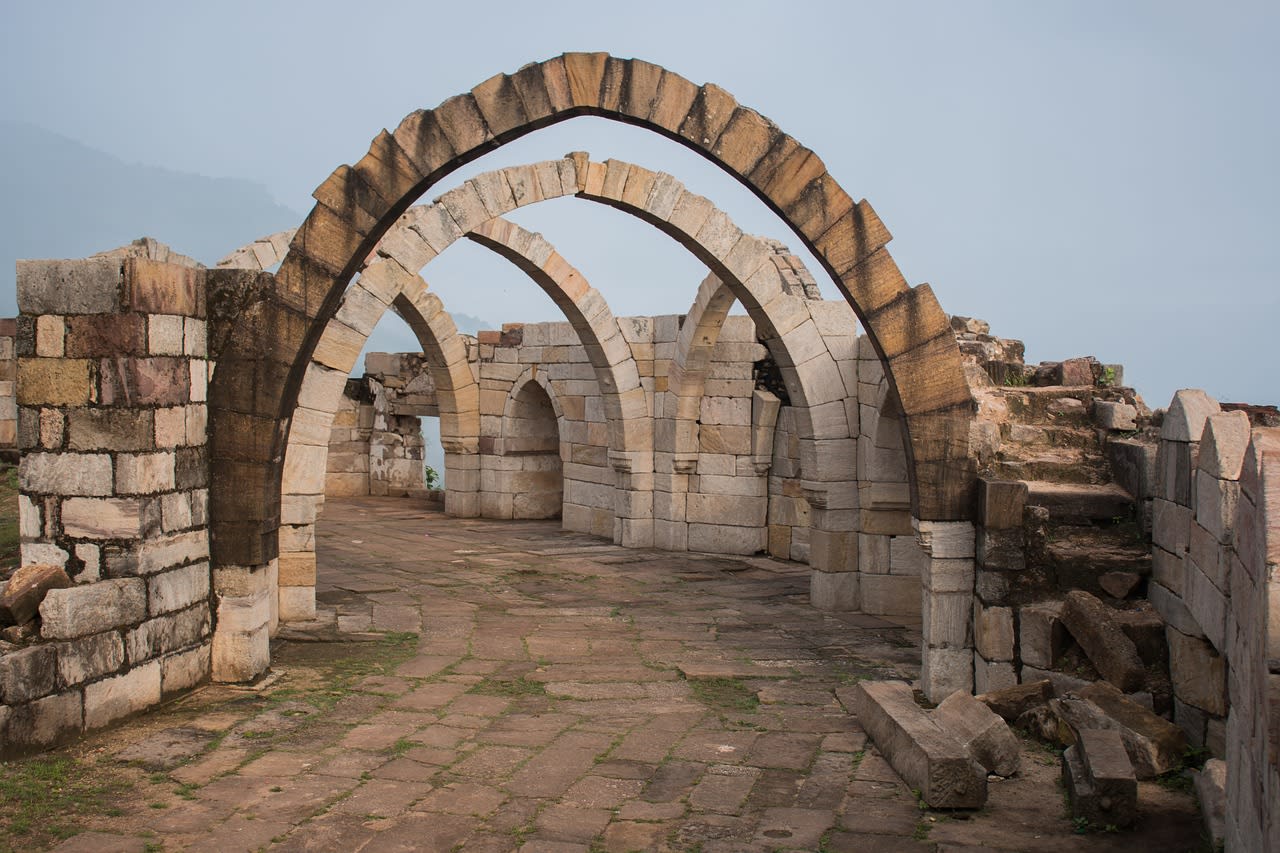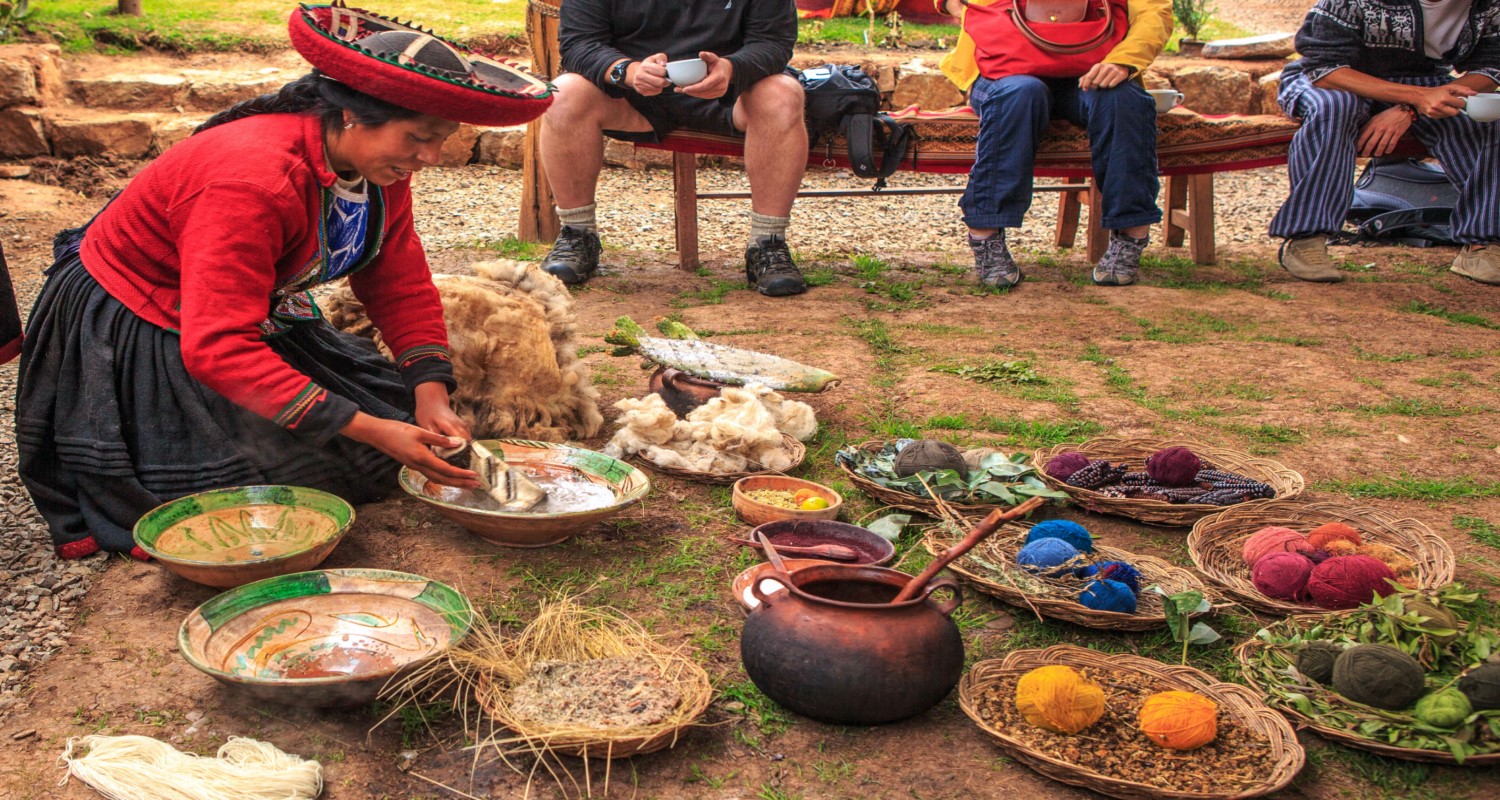What Is The Impact Of Architectural Preservation On Cultural Tourism?

Heritage sites are important markers of our cultural and historical identity, embodying the values, beliefs, customs, practices, and traditions that have shaped our societies over time. They are the tangible remains of our collective memory, offering us insights into the past, enriching our present, and inspiring our future.
Why is Preservation of Heritage Sites Important?
The preservation of heritage sites is crucial for several reasons, including:
1. Historical and Cultural Significance:
Heritage sites are significant landmarks that enable us to understand our past, providing us with insights into the traditions, customs, and practices of our ancestors. By preserving these sites, we are preserving our cultural heritage and ensuring that future generations have access to this shared history.
2. Economic Benefits:
Heritage sites can attract a large number of tourists, contributing to the local economy and providing jobs to the local community. The tourism industry created by these sites can also help raise awareness about the importance of preserving heritage sites for future generations.
3. Environmental Importance:
Heritage sites often contain unique and fragile ecosystems that play an important role in preserving our planet's biodiversity. By preserving heritage sites, we are helping to protect these ecosystems and the species that inhabit them.
4. Educational Value:
Heritage sites offer opportunities for learning about our past and present societies. From studying architecture to exploring cultural traditions, heritage sites provide a wealth of knowledge that can only be experienced in person.
Challenges in Heritage Site Preservation
While the importance of heritage site preservation is widely recognized, there are several challenges that must be addressed to ensure their survival. These challenges include:
1. Natural Disasters:
Natural disasters such as earthquakes, floods, and fires can cause significant damage to heritage sites. Preventive measures must be taken to ensure that these sites are protected from natural disasters as much as possible.
2. Climate Change:
Climate change can also damage heritage sites through increased temperatures, sea-level rise, and extreme weather events. Heritage site preservation efforts must take into account the potential impacts of climate change and develop strategies to mitigate these impacts.
3. Human Activities:
Human activities such as urbanization, road construction, and other forms of development can also threaten heritage sites. Preservation efforts must be balanced with the needs of local communities to prevent the destruction of cultural heritage.
4. Lack of Funding:
Heritage site preservation is often an expensive undertaking, and funding can be limited. Greater investment is needed to ensure that heritage sites are properly maintained and preserved for future generations.
FAQs about Heritage Site Preservation
Q: What is the most effective way to preserve heritage sites?
A: The most effective way to preserve heritage sites is to take a holistic approach that balances preservation with education, awareness, and local community involvement. This approach can help ensure that heritage sites are protected in a way that respects their cultural significance and contributes to sustainable development.
Q: Why are heritage sites important for tourism?
A: Heritage sites can attract a large number of tourists, contributing to the local economy and providing jobs to the local community. The tourism industry created by these sites can also help raise awareness about the importance of preserving heritage sites for future generations.
Q: How can we ensure that heritage sites are protected from natural disasters?
A: Preventive measures must be taken to ensure that heritage sites are protected from natural disasters as much as possible. These measures can include structural reinforcement, the establishment of early warning systems, and the development of emergency response plans.
Q: Why is climate change a threat to heritage sites?
A: Climate change can damage heritage sites through increased temperatures, sea-level rise, and extreme weather events. Heritage site preservation efforts must take into account the potential impacts of climate change and develop strategies to mitigate these impacts.
Q: How can local communities be involved in heritage site preservation?
A: Local communities can be involved in heritage site preservation through education and awareness programs, community engagement initiatives, and the establishment of partnerships with local organizations. Including local communities in preservation efforts can help ensure that their cultural heritage is respected and that preservation efforts contribute to sustainable development.
Q: Why is funding an issue in heritage site preservation?
A: Heritage site preservation is often an expensive undertaking, and funding can be limited. Greater investment is needed to ensure that heritage sites are properly maintained and preserved for future generations.
Q: What can individuals do to contribute to heritage site preservation?
A: Individuals can contribute to heritage site preservation by supporting local preservation efforts, visiting heritage sites responsibly, and advocating for greater investment in heritage site preservation. Spreading awareness about the importance of preserving cultural heritage can also help raise the profile of this issue.
Conclusion
Heritage sites are an essential part of our cultural identity and provide important insights into the traditions, customs, and practices that have shaped our societies over time. Preserving these sites is crucial for their historical, cultural, educational, and economic value. However, heritage site preservation faces significant challenges from natural disasters, human activities, and the lack of funding. Addressing these challenges requires a holistic approach that balances preservation with education, awareness, and community involvement. By working together to protect our shared heritage, we can ensure that these sites continue to provide insights into our past for generations to come.



Post a Comment for "What Is The Impact Of Architectural Preservation On Cultural Tourism?"